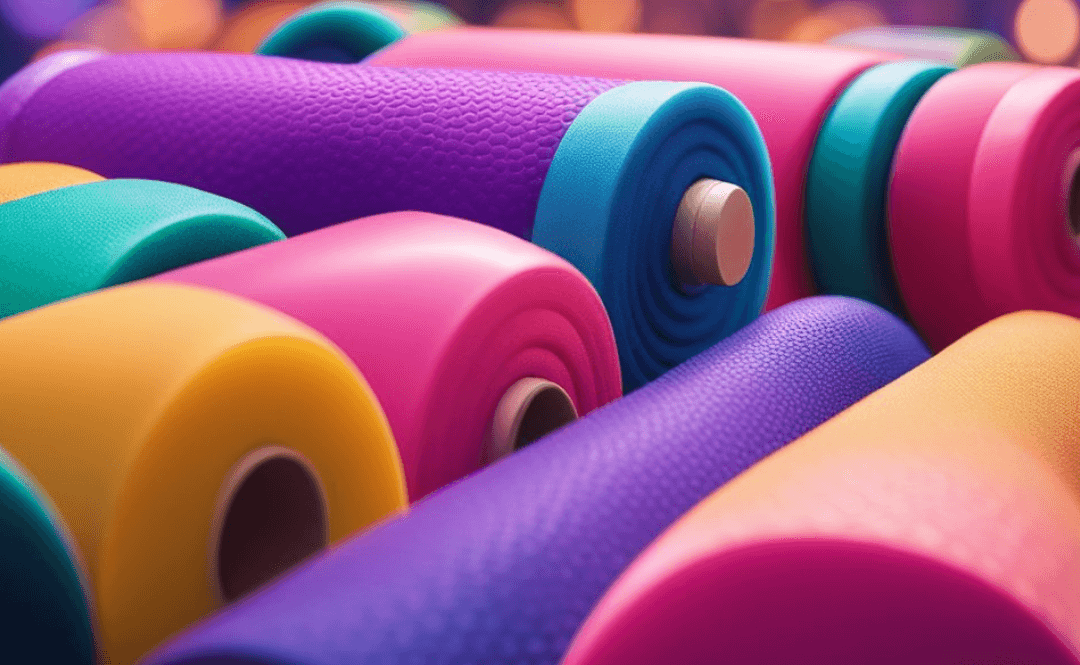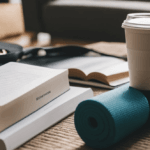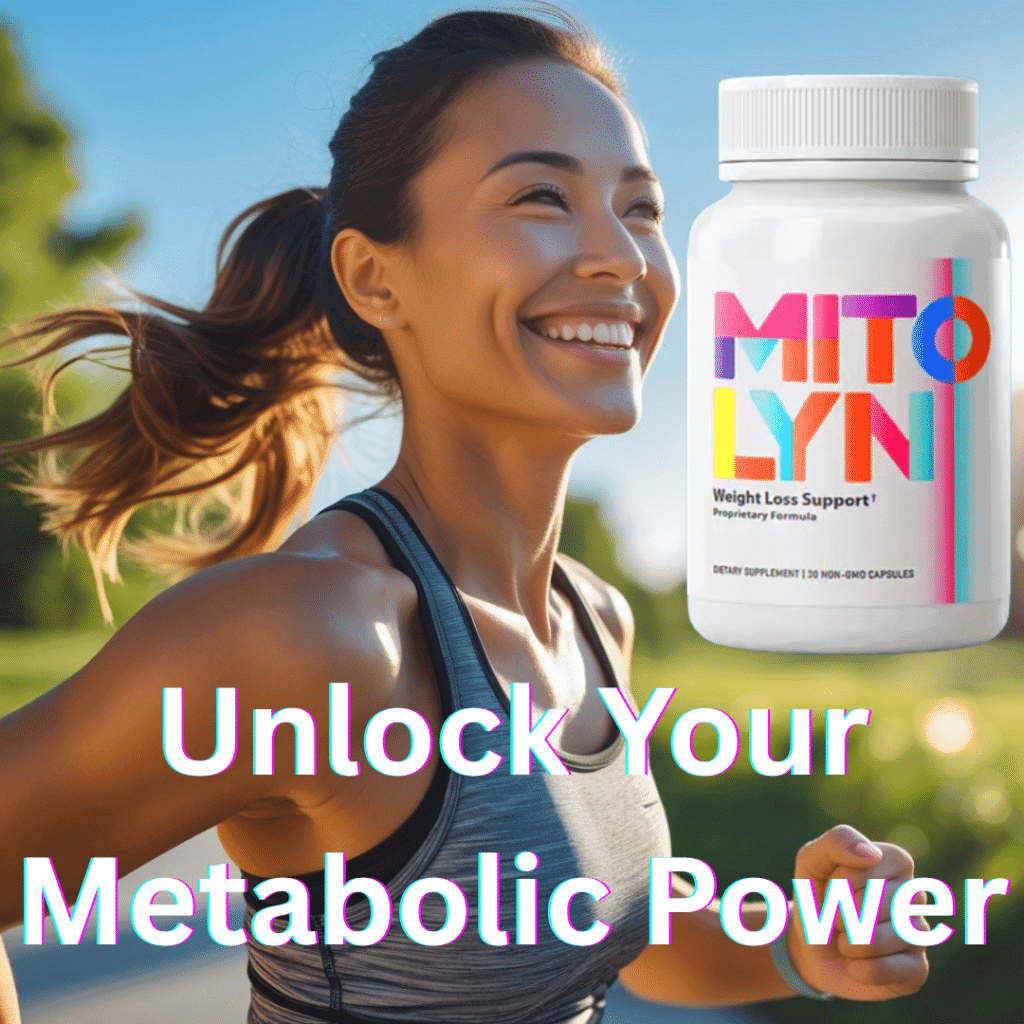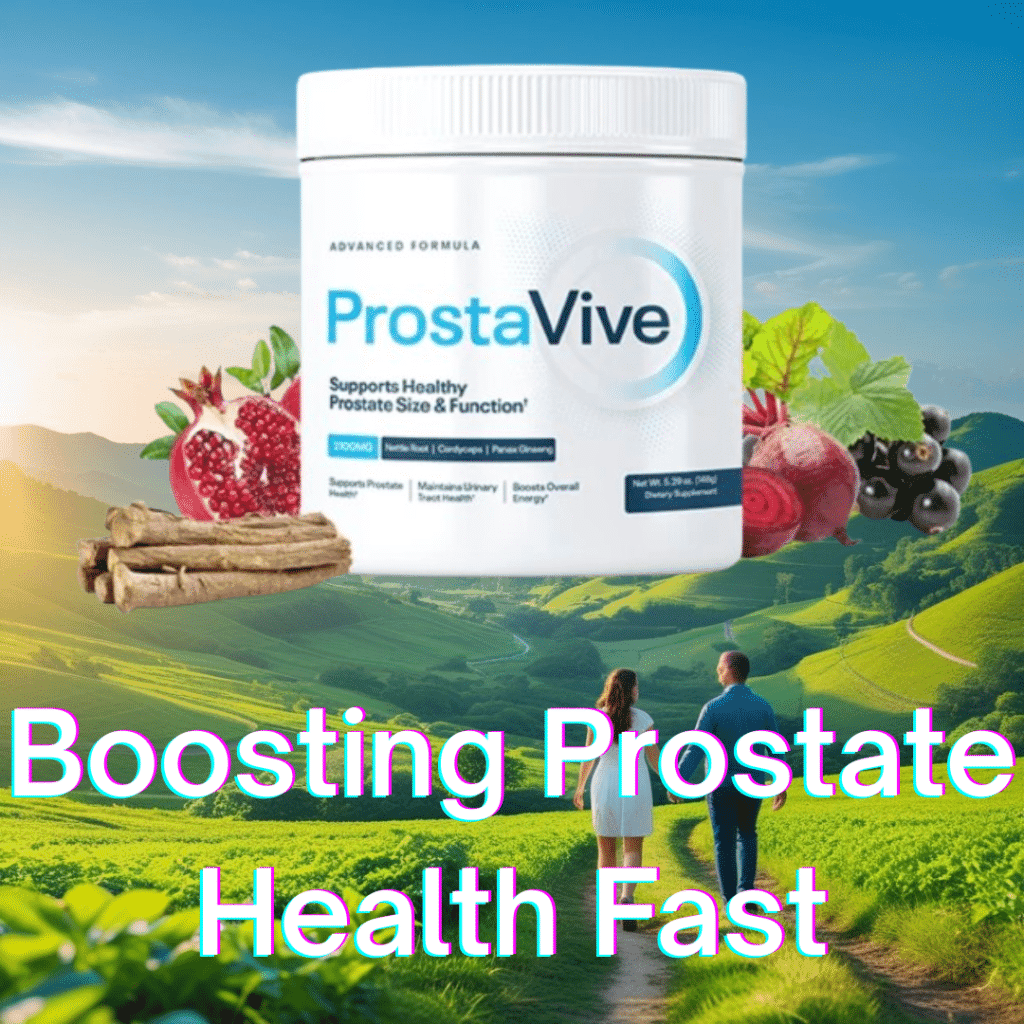Foam rolling is a popular self-massage technique used to alleviate muscle soreness, improve flexibility, and boost athletic performance. Foam rollers are cylindrical tools made of foam that come in various densities, textures, and sizes. They can be used on different parts of the body, such as the back, legs, and arms, to apply pressure and manipulate the soft tissues.
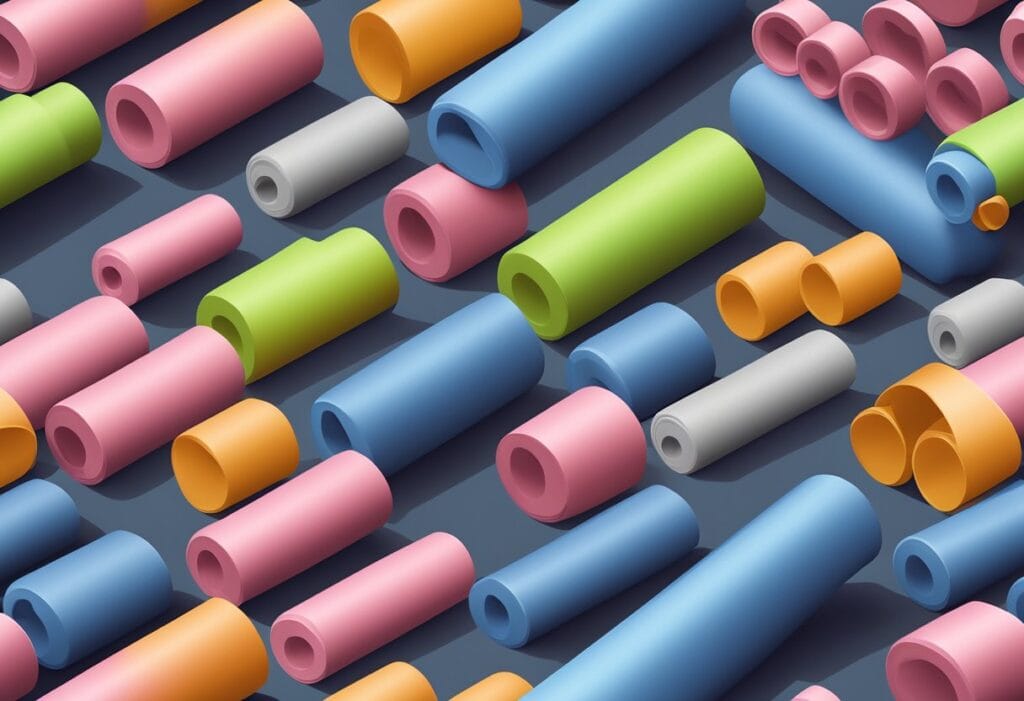
Foam rolling has gained popularity in recent years due to its many benefits and ease of use. It can help increase blood flow, reduce inflammation, and break up adhesions and knots in the muscles. Foam rollers are also relatively inexpensive and can be used at home or at the gym. However, it is important to use them correctly and choose the right type of foam roller for your needs to avoid injury or discomfort.
Key Takeaways
- Foam rolling is a popular self-massage technique used to alleviate muscle soreness, improve flexibility, and boost athletic performance.
- Foam rollers come in various densities, textures, and sizes and can be used on different parts of the body to apply pressure and manipulate the soft tissues.
- Foam rolling can help increase blood flow, reduce inflammation, and break up adhesions and knots in the muscles, but it is important to use them correctly and choose the right type of foam roller for your needs to avoid injury or discomfort.
Foam Rollers
| Product Name | Rating | Price |
|---|---|---|
| FitBeast Back Roller | 4.8 | $31.99 |
| TriggerPoint Grid Roller | 4.7 | $27.49 |
| OPTP PRO-Roller | 4.7 | $59.95 |
| Amazon Basics Foam Roller | 4.6 | $14.48 |
| ProsourceFit High Density | 4.6 | $9.99 |
| 321 STRONG Foam Roller | 4.5 | $32.85 |
| Yes4All High-Density Roller | 4.5 | $16.89 |
| THERABAND Foot Roller | 4.5 | $14.85 |
| MARSVSE Massage Roller | 4.5 | $7.99 |
| Chirp Wheel Foam Roller | 4.4 | $39.21 |
| Textured Foam Rollers | 4.4 | $24.50 |
| Rolflex Arm & Leg Massager | 4.4 | $79.95 |
| iGreely Muscle Roller | 4.4 | $13.99 |
| Yes4All Soft-Density Roller | 4.4 | $18.49 |
| Foam Roller Set | 4.4 | $22.99 |
| Chirp Wheel XR 3P | 4.4 | $129.99 |
| ZanLLW Massage Roller Stick | 4.3 | $9.19 |
| Relieve Tension Foam Roller | 4.0 | $16.99 |
*Please note that prices are subject to change and may vary depending on the seller, location, and any applicable discounts or promotions. The ratings provided are based on customer reviews and may also change over time. Amazon Affiliate Link.
Types of Foam Rollers
Foam rollers are an essential tool for anyone who’s looking to improve their mobility, flexibility, and overall fitness. They come in different types, shapes, and sizes, and each variant has its unique features and benefits. In this section, we’ll take a closer look at the different types of foam rollers available in the market and their features.
Material Variants
Foam rollers are made from different materials, and the most common ones are EVA foam and traditional foam. EVA foam rollers are denser and more durable than traditional foam rollers. They are also more expensive but provide better support and pressure for deep tissue massage.
Traditional foam rollers are lightweight and affordable, but they tend to lose their shape and density over time. They are suitable for beginners who are just starting with foam rolling.
Shape and Size Differences
Foam rollers come in different shapes and sizes, and each variant has its unique features and benefits. The most common shapes are cylindrical, half-round, and grid rollers.
Cylindrical rollers are the most popular and come in different lengths and diameters. They are suitable for most body parts and provide even pressure across the entire length of the roller.
Half-round rollers are flat on one side and round on the other. They are suitable for balance and stability exercises and can be used to massage the feet, calves, and hamstrings.
Grid rollers have ridges, bumps, knobs, or nodules on their surface. They provide a more intense massage and are suitable for athletes and fitness enthusiasts who need deep tissue massage.
Surface Texture Options
Foam rollers come in different surface textures, and the most common ones are smooth and textured. Smooth foam rollers provide even pressure across the entire length of the roller and are suitable for beginners who are just starting with foam rolling.
Textured foam rollers have ridges, bumps, knobs, or nodules on their surface. They provide a more intense massage and are suitable for athletes and fitness enthusiasts who need deep tissue massage.
Some foam rollers also have a hollow core or are collapsible, making them easy to store and transport. Hollow core rollers are lightweight and easy to carry, while collapsible foam rollers can be easily packed in a bag or suitcase, making them perfect for travel.
Benefits of Foam Rolling
Foam rolling is a popular self-myofascial release technique that has numerous benefits for our muscles and overall health. In this section, we will discuss two of the most significant benefits of foam rolling: muscle recovery and flexibility, and myofascial release and soreness reduction.
Muscle Recovery and Flexibility
Foam rolling is an excellent way to aid in muscle recovery and improve flexibility. It helps to increase blood flow to the muscles, which can speed up the recovery process after a workout. By using a foam roller, we can target specific muscle groups that are tight or sore and alleviate any muscle tightness or soreness. By doing so, we can improve our range of motion and overall flexibility, which can help us to perform better during workouts and prevent future injuries.
Myofascial Release and Soreness Reduction
Foam rolling is also an effective way to perform myofascial release, which can help to reduce soreness and muscle tightness. Myofascial release is a form of deep tissue massage that targets the fascia, which is the connective tissue that surrounds our muscles. By using a foam roller to apply pressure to the fascia, we can break up any adhesions or knots that may be causing soreness or muscle tightness. This can help to reduce pain and improve our overall mobility.
In summary, foam rolling has numerous benefits for our muscles and overall health. By incorporating foam rolling into our daily routine, we can aid in muscle recovery and improve our flexibility, as well as perform myofascial release to reduce soreness and muscle tightness.
Techniques and Usage
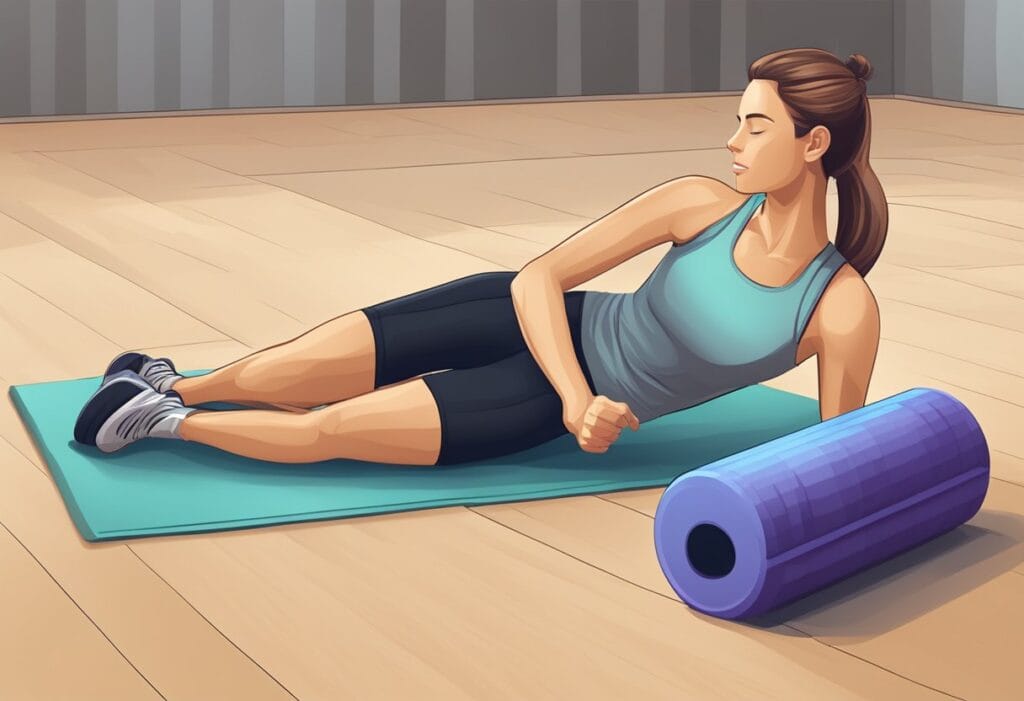
Foam rollers are a versatile tool that can be used for a variety of techniques and muscle groups. Here are some of the most effective techniques and usage tips for foam rollers.
Correct Rolling Methods
To achieve the maximum benefit from foam rollers, it is important to use the correct rolling methods. The following are the basic steps to follow when using foam rollers:
- Position the foam roller under the muscle group you want to target.
- Apply pressure to the muscle group by using your body weight.
- Roll slowly back and forth along the length of the muscle group.
- If you find a tender spot or trigger point, hold the roller in place for 30-60 seconds until the discomfort subsides.
Targeting Specific Muscle Groups
Foam rollers can be used to target specific muscle groups in the body. Here are some examples:
- Back muscles: Lie on your back with the foam roller under your shoulder blades. Slowly roll up and down your back, stopping at any tender spots.
- Hamstrings: Sit on the foam roller with your legs straight out in front of you. Roll back and forth along the length of your hamstrings.
- Quadriceps: Lie face down with the foam roller under your thighs. Roll back and forth along the length of your quadriceps.
- Calves: Sit on the floor with the foam roller under your calves. Roll back and forth along the length of your calves.
Using foam rollers for self-myofascial release can be an effective way to relieve muscle tension and trigger points. However, if you have a specific injury or condition, it is important to consult a physical therapist before using foam rollers to ensure that you are using them safely and effectively.
Foam rollers can be used to apply pressure to specific pressure points in the body. This can help to relieve tension and discomfort in these areas. When using foam rollers for pressure point therapy, it is important to apply gentle pressure and to stop if you experience any discomfort or pain.
Overall, foam rollers are an effective tool for targeting specific muscle groups and relieving tension in the body. By using the correct rolling techniques and targeting specific muscle groups, you can achieve maximum benefit from foam rollers.
Choosing the Right Foam Roller
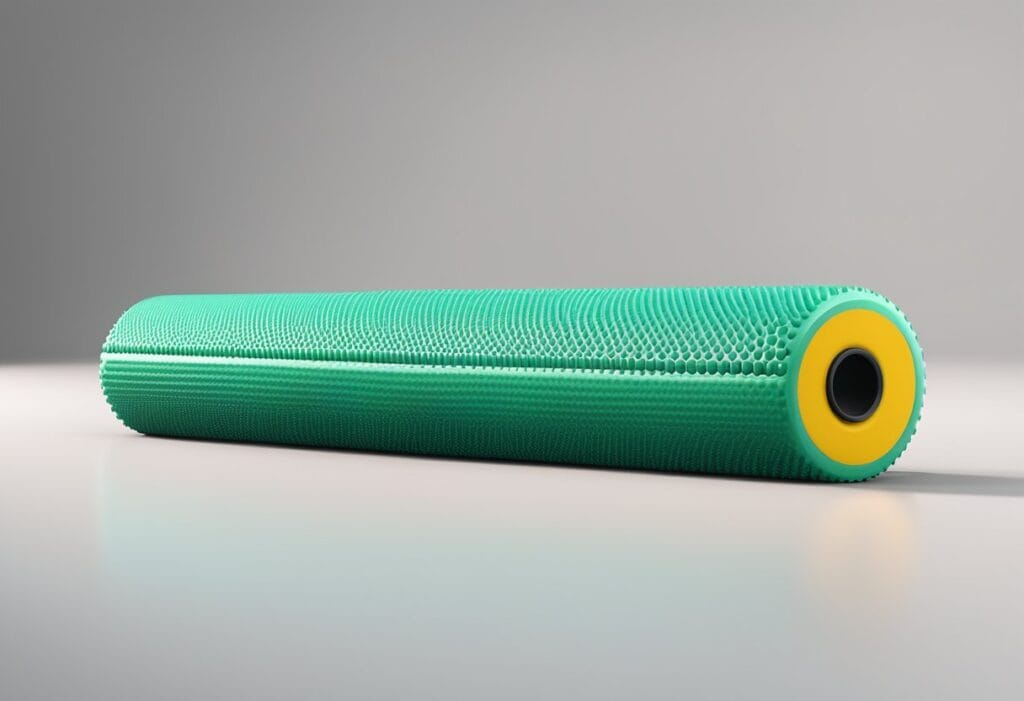
Foam rollers are an essential tool for athletes and fitness enthusiasts who want to improve their performance and accelerate their recovery. However, with so many options available on the market, choosing the right foam roller can be a daunting task. In this section, we will guide you through the process of selecting the best foam roller for your needs.
Assessing Your Needs
Before you start shopping for a foam roller, you need to assess your needs. Consider the following factors:
- Density: Foam rollers come in different densities, ranging from soft to firm. If you are new to foam rolling, a softer roller may be more comfortable, while experienced users may prefer a firmer roller for deeper tissue massage.
- Firmness: Firmness is another important factor to consider. A firmer roller will provide more intense pressure, while a softer roller will be gentler on your muscles.
- Texture: Foam rollers can have different textures, such as smooth or ridged. A ridged roller can provide a deeper massage and help target trigger points.
- Size: Foam rollers come in different sizes, with longer rollers being more versatile and suitable for larger muscle groups, while shorter rollers are better for targeted areas.
Comparing Top Foam Roller Brands
When it comes to foam rollers, there are many top brands to choose from. Here are some of the best foam rollers on the market:
- Brazyn Morph: This collapsible foam roller is perfect for traveling and on-the-go use.
- RumbleRoller: This foam roller has a unique texture that mimics the thumbs of a massage therapist, providing a deep tissue massage.
- AmazonBasics: This affordable foam roller is a great option for beginners or those on a budget.
- Gaiam: The Gaiam Restore Total Body Foam Roller is a versatile and durable option that can help relieve muscle tension and improve flexibility.
- Lululemon Double Roller: This foam roller has a unique design that allows for targeted massage of specific muscle groups.
- OPTP: The OPTP Black Axis Firm Foam Roller is a firm roller that can provide a deep massage for experienced users.
- TriggerPoint: The TriggerPoint Grid Foam Roller is a popular option that can help target trigger points and relieve muscle tension.
- Hyperice Vyper 3: This vibrating foam roller can provide a deeper massage and help improve circulation.
- TriggerPoint Rush Roller: This foam roller has a unique design that allows for targeted massage of specific muscle groups.
In summary, when choosing a foam roller, it’s important to consider your needs and preferences, as well as the density, firmness, texture, and size of the roller. By comparing top brands like Brazyn Morph, RumbleRoller, AmazonBasics, Gaiam, Lululemon, OPTP, TriggerPoint, and Hyperice Vyper 3, you can find the perfect foam roller to help you achieve your fitness goals.
Safety and Precautions
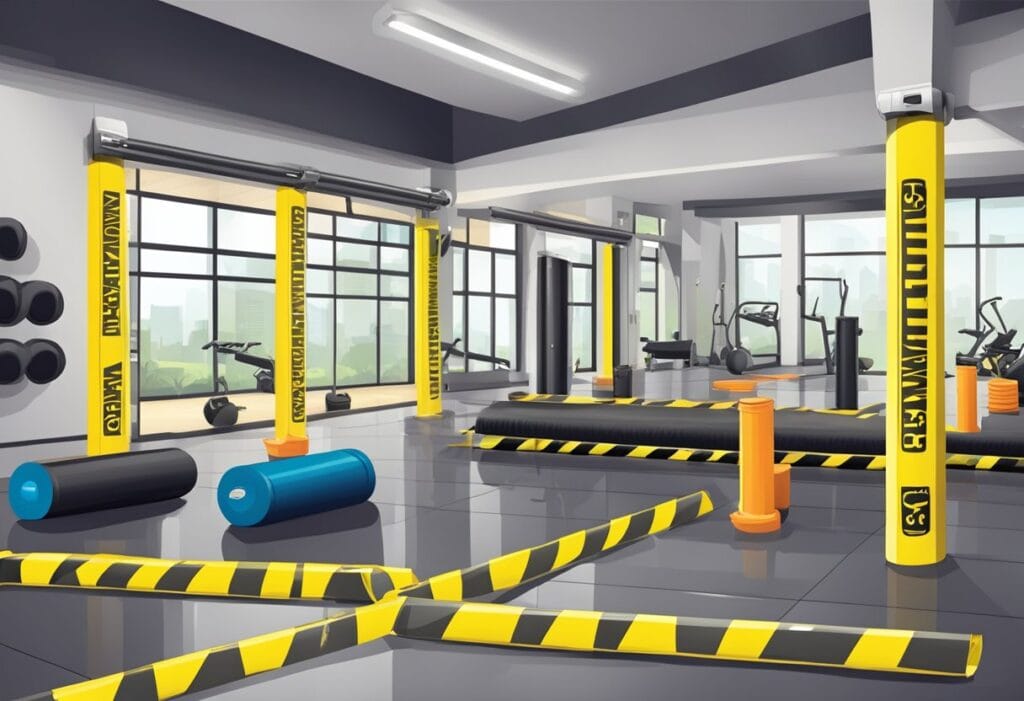
Foam rollers are a popular recovery tool that can help ease muscle soreness and reduce inflammation. However, it is important to use them safely and take certain precautions to avoid injury. In this section, we will discuss some safety tips and precautions to keep in mind when using foam rollers.
Bruising and Trauma
When using foam rollers, it is possible to experience bruising or trauma if too much pressure is applied or if the roller is used incorrectly. To avoid this, start with gentle pressure and gradually increase it as you become more comfortable with the technique. Additionally, avoid rolling directly over bones or joints, as this can cause discomfort or injury.
Plantar Fasciitis
Foam rolling can be an effective way to relieve plantar fasciitis pain, but it is important to use the correct technique. To target the plantar fascia, place the foam roller under the arch of your foot and roll back and forth. However, be careful not to put too much pressure on the heel or toes, as this can cause discomfort or injury.
Recovery Tool
Foam rollers are a great recovery tool, but they should not be used as a substitute for proper rest and recovery. It is important to give your body time to recover between workouts and to use foam rolling as a supplement to your recovery routine, not a replacement.
Durability
Foam rollers come in a variety of materials and densities, and it is important to choose one that is durable and long-lasting. Cheaper foam rollers may break down quickly and lose their effectiveness, so investing in a high-quality roller can be a worthwhile investment.
Soreness
It is normal to experience some soreness when using foam rollers, especially if you are new to the technique. However, if you experience excessive soreness or discomfort, it may be a sign that you are using too much pressure or rolling too frequently. In this case, it is important to take a break and allow your body time to recover before resuming foam rolling.
Advanced Techniques and Tools
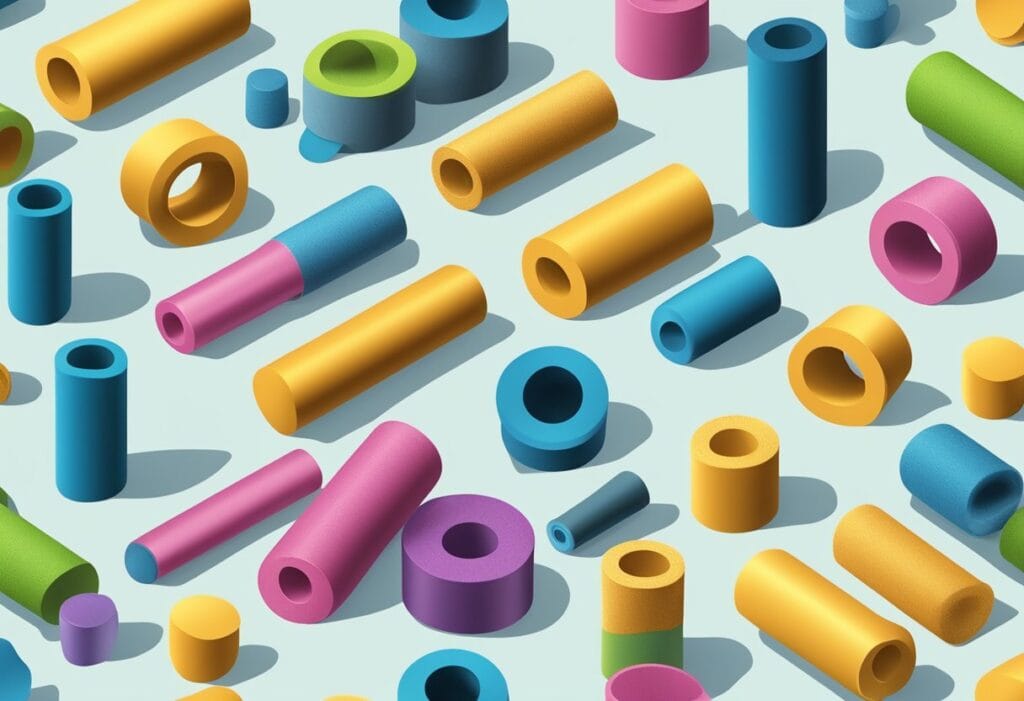
When it comes to foam rolling, there are several advanced techniques and tools that can help take your recovery and mobility to the next level. In this section, we will discuss two such tools: vibrating foam rollers and specialized rollers for targeted relief.
Vibrating Foam Rollers
Vibrating foam rollers are a relatively new addition to the foam rolling market. These rollers combine the benefits of traditional foam rolling with the added benefit of vibration. The vibration speeds up recovery time by increasing circulation and reducing muscle soreness.
One example of a vibrating foam roller is the Hyperice Vyper 2.0, which has three vibration speeds and can be used for up to two hours on a single charge. Another option is the VulkRoll Vibrating Foam Roller, which has four vibration speeds and is designed to improve sprint performance.
Specialized Rollers for Targeted Relief
While traditional foam rollers are great for general recovery and mobility, specialized rollers can provide more targeted relief for specific areas of the body. One example is the Chirp Wheel, which is designed to provide relief for the back and spine. The wheel has grooves that mimic the hands of a massage therapist, providing deep tissue massage and improving mobility.
Another specialized roller is the Sprinter Stick, which is designed to provide relief for the legs. The stick has a series of rollers that can be used to target specific muscle groups, providing relief and improving mobility.
When using specialized rollers, it’s important to follow the manufacturer’s instructions and use them for the recommended duration. Overuse can lead to injury or further muscle soreness.
In conclusion, vibrating foam rollers and specialized rollers can provide advanced techniques for foam rolling. These tools can help speed up recovery time, increase circulation, and provide targeted relief for specific areas of the body. When using these tools, it’s important to follow the manufacturer’s instructions and use them for the recommended duration.

